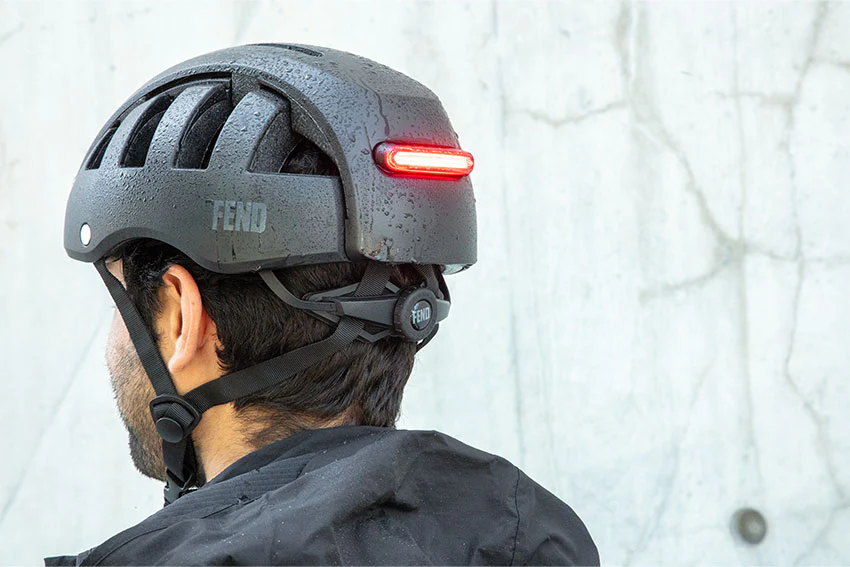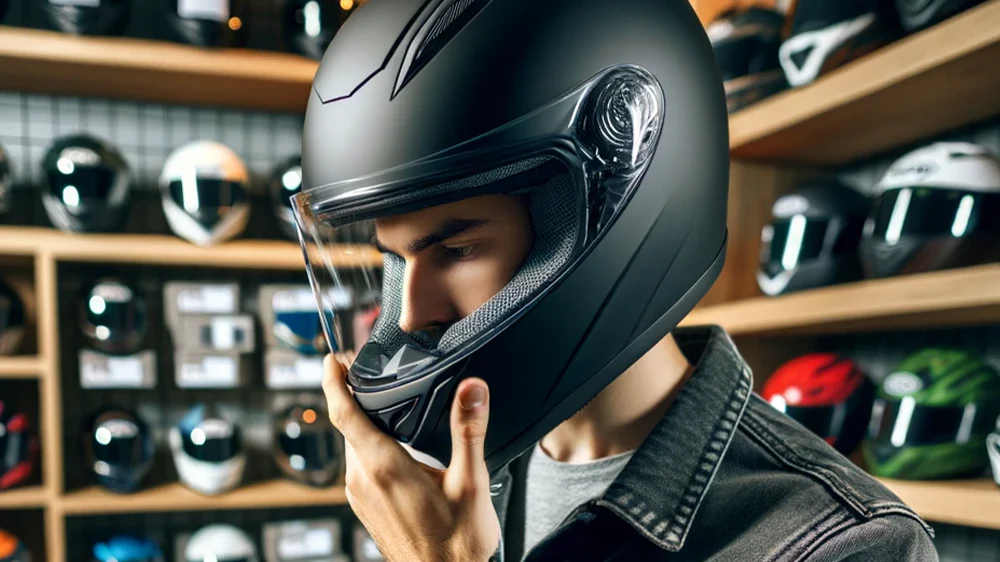A helmet is the most important piece of safety gear for motorcyclists, but even the best helmet won’t protect you if it doesn’t fit properly. That’s why understanding a motorcycle helmet size guide is crucial. A helmet that’s too tight can cause discomfort and headaches, while one that’s too loose can compromise safety during an accident. This guide will help you measure your head, choose the right size, and ensure your helmet fits snugly for maximum protection.
Why Helmet Fit Matters
-
Safety First: A helmet that fits correctly stays in place during impact, offering better protection.
-
Comfort on Long Rides: A snug fit prevents pressure points and fatigue.
-
Noise Reduction: Properly fitted helmets reduce wind noise, improving focus.
-
Better Vision: A secure helmet won’t shift or obstruct your field of view.
Step-by-Step Helmet Sizing Guide
1. Measure Your Head
-
Use a soft measuring tape.
-
Wrap it around the widest part of your head, about 1 inch (2.5 cm) above your eyebrows and ears.
-
Record the measurement in centimeters or inches.
2. Check the Manufacturer’s Size Chart
-
Each brand may have slightly different sizing standards.
-
Compare your measurement to the brand’s chart (e.g., Small: 55–56 cm, Medium: 57–58 cm, Large: 59–60 cm).
3. Try It On
-
The helmet should fit snugly but not painfully tight.
-
Shake your head side to side and up and down—if the helmet moves freely, it’s too big.
4. Check for Pressure Points
-
Wear the helmet for 10–15 minutes to see if it causes discomfort.
-
Pressure on the forehead or sides indicates the wrong fit.
5. Test the Chin Strap
-
Fasten the strap securely under your chin.
-
You shouldn’t be able to fit more than two fingers between the strap and your chin.
Common Helmet Sizing Mistakes
-
Buying a Size Too Big: Helmets break in slightly, so a loose helmet will only get looser.
-
Ignoring Head Shape: Some helmets are designed for round heads, others for oval—choose accordingly.
-
Skipping the Fit Test: Always try on a helmet before purchase, if possible.
Head Shapes and Helmet Fit
-
Round Oval: Head is almost equal in width and length.
-
Intermediate Oval: Slightly longer front to back (most common head shape).
-
Long Oval: Noticeably longer front to back than side to side.
Choose a helmet designed for your head shape to ensure comfort and stability.
Pro Tips for Choosing the Right Size
-
Always check return policies when buying online in case sizing is off.
-
Consider removable liners or cheek pads for a custom fit.
-
Replace helmets every 5 years or after any crash, regardless of fit.
Conclusion
Choosing the right size is just as important as selecting the right style of helmet. By following this motorcycle helmet size guide, you’ll ensure your helmet offers the protection, comfort, and performance you need on every ride. Remember: a properly fitted helmet isn’t just about comfort—it’s about saving your life.









